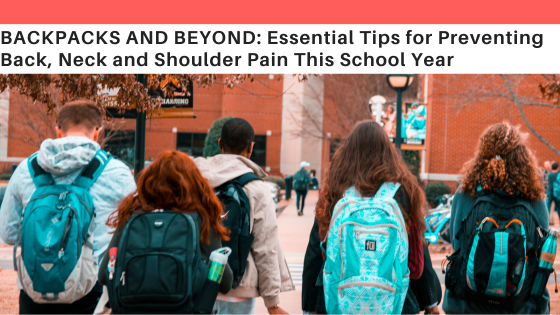Activity for Life at Every Age!
- cara444
- Mar 15, 2023
- 4 min read
Updated: Dec 23, 2024

Staying active has significant health benefits over the whole lifespan, from toddler through the golden years. Being consistently active can help manage weight, cholesterol, hypertension, blood sugar levels, bone density and mental health across all ages. While duration, intensity, and type of activity might change with age, the value added does not.
For toddlers (Aged 1-4), physical activity helps develop bone density, improve coordination, and learn new skills. There is such a huge breadth of growth and development happening in these years that attaching specific numbers of minutes to types of activity is near impossible, but ensuring that young children have the time and safe space to explore their constantly changing bodies is necessary. With a focus on active play, children need to learn to walk, run, climb, jump or roll (if in a wheelchair) and everything in between is essential for long term positive growth (1).
For children (Aged 5 -12) Children are generally recommended to get at least 60 minutes of moderate to vigorous physical activity each day (3). While some children might benefit from even more and some health benefits exist even at a lower level (30 min/day(2)), achieving that minimum of 60 minutes each day comes with a host of benefits: Improved focus and attention at school, better digestion and sleep patterns, and improved mood and self regulation to name a few. Add to that the sense of camaraderie and teamwork skills that come if the child is also involved in some kind of organized sport. Our Physio Beth, recommends soccer. It is responsibly cheap and does not require much equipment.
For young adults (Aged 13-18)Young adults have the same exercise recommendations as children, in that the goal is for them to be getting at least 60 minutes/day of moderate to vigorous intensity activity. This is increasingly difficult for youth as they take on additional responsibilities in their households, community, school and work. However, the additional pressures these young people are under makes staying active that much more important in order to continue to help with mental and physical self regulation and health. Also, people in this age bracket are continuing to build their bone density and long term habits that will take them into adulthood.
How do you know if the intensity is moderate or vigorous? Moderate intensity your child should be able to carry a conversation but not be able to sing a song while being active. Vigorous intensity is a level at which your child is short of breath and is struggling to speak while exercising. These rules of thumb work for adults too!
For adults (Aged 18+): Obviously this is a huge and overarching category. In their late teens and early 20s, adults are still building their bone density and finishing the last part of their physical growth. Ideally this age group has a great foundation of healthy movement built from childhood and young adulthood that they can now take that forward into their adult life. Interestingly, the guidelines for adults do shift: After 19, adults are recommended to get at least 150 minutes of accumulated moderate to vigorous physical activity each week, ideally in bouts of ten minutes or more (4). Often easier said than done as the increased pressure of things like post secondary education, moving out of the childhood home, and needing to work and pay bills all which might have previously been managed by a parent or guardian. Finding time to stay active can continue to help manage both mental and physical health concerns, as well as helping to maintain the energy required to navigate this adventurous time.
As we move further into adulthood, physical activity becomes essential to maintain the bone density built through childhood and into our early 20s. By the time you’re 30, typically your metabolism will be starting to slow down, and the focus shifts to maintaining bone density and function for life (5). This does not mean that someone in their 30s and beyond cannot continue to build muscle, cardiovascular capacity, and improve their health - far from it: Adults of all ages can work to improve their health and fitness. What is true is that as we age, we may require longer periods of preparation leading up to a fitness challenge and need more recovery time after. Past 30 the key focus should be on getting into the habit of consistent activity. ROUTINE, ROUTINE, ROUTINE!! The more consistent you are able to be, the easier it will be to stay active throughout your life. Generally the hardest thing to do is return to physical activity after a long break and the need to rebuild strength and endurance. The biggest challenge as we age is that what constitutes a “long break” gets shorter - in your teens or 20s you might have been able to take months away from your preferred activity and then jump back in without a second thought. In your 60’s taking a few weeks away might come with some unexpected loss of strength, increased soreness and fatigue when you return (6).
References:

.png)
.png)



Comments